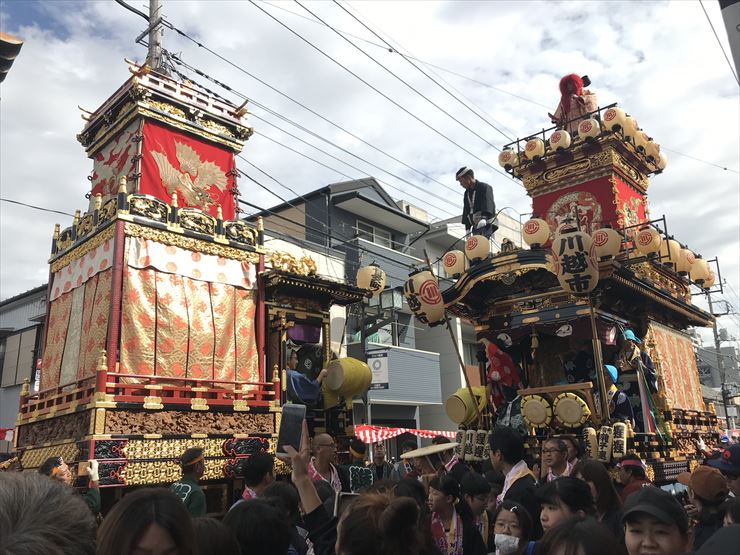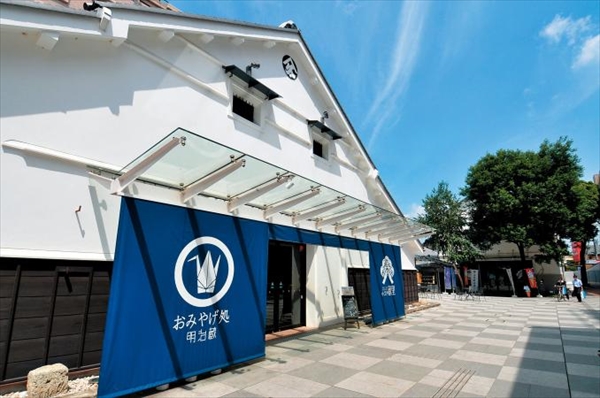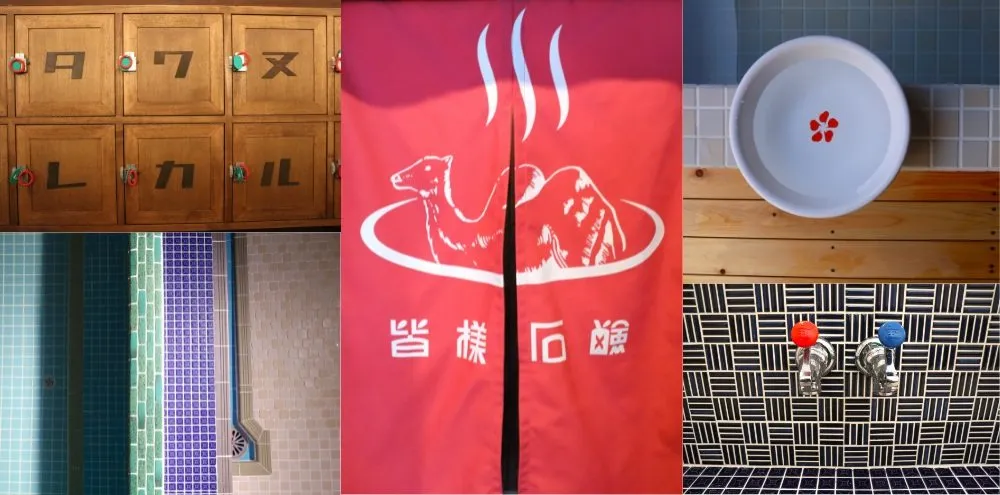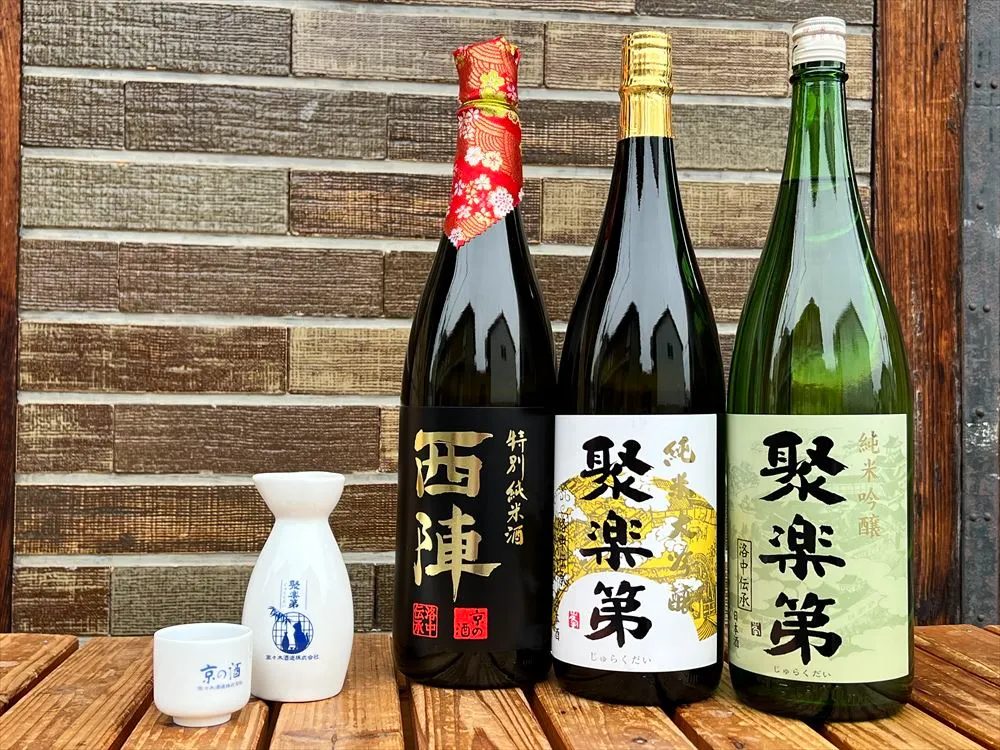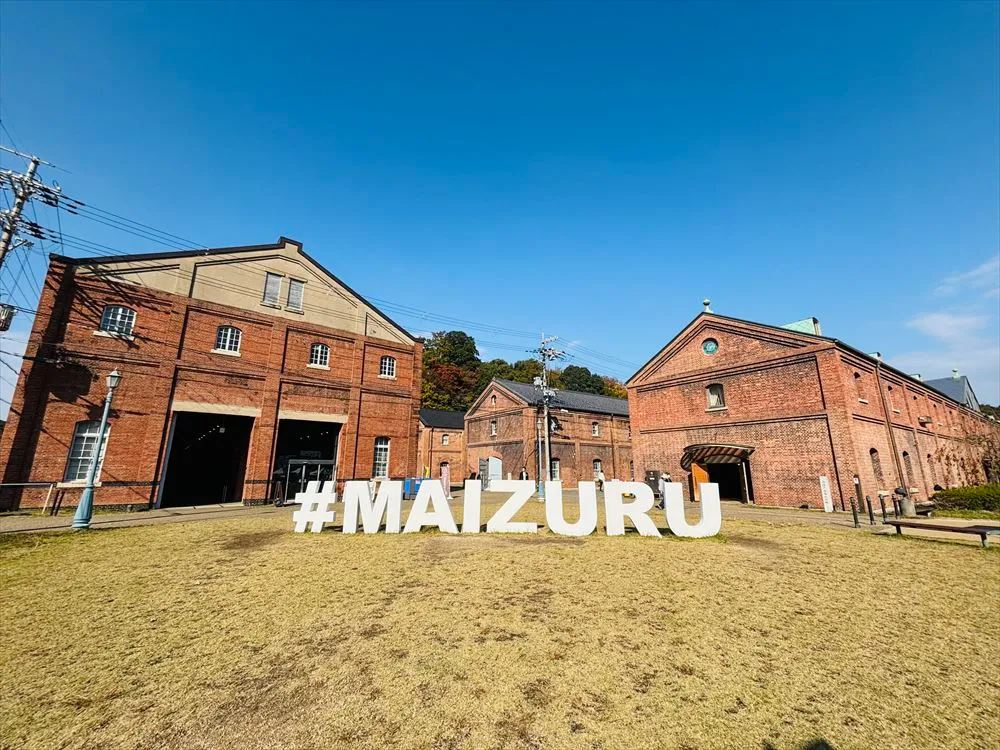KAWAGOE
Storehouses and Old Streets
A small town known as “Little Old Tokyo”
Just a short walk from Kawagoe Station, the streets start their metamorphosis into a town that looks a lot like something you would expect to see in a museum. The town boasts old storehouses, candy shops, sweet potato ice cream and even sweet potato beer ?in the “Coedo” or “Ko Edo” brand . On October 13th, the town celebrates a “sweet potato day” festival.

© Saitama Prefecture Products & Tourism Association
Kawagoe's History
Kawagoe is in the middle of Saitama Prefecture and retains a great deal of old Tokyo history. It is surrounded by rivers, which made it an ideal location for a settlement. People have been living here since ancient times. As with any peaceful settlement, power-hungry and greedy warlords rose up to conquer and take control of the land. The Kawagoe clan, who were especially powerful warlords, ruled this area till around the 12th century.

© Saitama Prefecture Products & Tourism Association
When the Minamoto clan was ruling the shogunate (the military government of old Japan) in Kamakura, its first shogun, Minamoto no Yoritomo (1147-1199), had his eye on Kawagoe, or more appropriately, the owner of its land . The owner was Kawagoe Shigeyori. His daughter was married to Yoritomo’s brother, Yoshitsune. However, Yoritomo ousted the highly popular Yoshitsune and ‘inherited’ old Shigeyori’s land in 1185, before having the poor fellow executed.
In 1336 the shogunate was taken by Ashikaga Takauji (1305-1358), who became the first shogun of Muromachi government. He established the Kamakura office to rule the Kanto region. The Kamakura-kubo, head of the office, was succeeded by the Ashikaga clan; the Uesugi clan was to support the head. However, the Kamakura-kubo opposed both the Shogunate and the Uesugi clan. In 1457, the Uesugi clan claimed that they were now the dominant power in the Kanto region. They ordered Ota Dokan (chief retainer of the Uesugi clan, 1432-1486) to make three castles. It was about this time that the warlords, now known as “feudal lords,” wanted to expand their territories. Hojo (from Odawara) battled against Uesugi in this area. The Uesugi clan lost ?and the Hojo clan now owned Kawagoe.
Toyotomi Hideyoshi (1537-1598), a warrior who unified Japan, conquered the Kanto region in 1590 and he also conquered the Kawagoe castle. He ordered Tokugawa Ieyasu (1543-1616), who was a retainer of Hideyoshi and later became the founder and first shogun of the Tokugawa Shogunate in 1603, to rule the Kanto region. Ieyasu noticed that Kawagoe was in a strategically advantageous position and decided to place a retainer there. Soon thereafter, Kawagoe became a military base for transporting goods to Edo. The Tokugawa Shogunate took all authority away from the feudal lords and stationed family and close relations to rule over the land .
When Matsudaira Nobutsuna (1596-1662) was a lord of Kawagoe, he greatly enhanced the town. He made transport routes, used the river for shipping, established many farms and ‘ inaugurated’ the Kawagoe Festival, which he copied from the Kanda Festival and Sanno Festival held in Edo. Kawagoe flourished as a castle town and was thought of as an important place to protect the north of Edo. It was called “Ko Edo,” meaning “Little Edo (now Tokyo).
About 250 years later, in 1853, Commodore Matthew Perry from the U.S. navy came to end the Sakoku ( a policy that permitted no foreign trade routes or travel into and out of Japan ). At that time, the people of Kawagoe were ordered to provide coastal security.
After the Meiji Restoration in 1868, Kawagoe became the local center of trade. The town bustled with commerce and the prefecture’s first national bank, Dai Hachijugo Bank, was opened. In March 1893, a massive fire burnt down one third of the buildings in Kawagoe. After the fire, local people rebuilt fireproof storehouses, of which some 30 survive and still stand today in their modified original form. The town now has a population of around 340 ,000.

Points to see
-Ruins of Kawagoe Castle
Kawagoe Castle is one of three castles made by Ota Dokan and his father, Michizane. These days only the Honmaru Goten (part of Kawagoe Castle) remains. There is a museum for the public.

© Saitama Prefecture Products & Tourism Association
-Kita-in Temple (Kawagoe Daishi)
This temple was built in approximately 830AD by a monk named Ennin. He called it Muryoju-ji Temple. In 1205, it burnt down due to a fight ; it was thereafter rebuilt by a monk called Sonkai . In 1301, Emperor Gofushimi made it the head temple of 580 temples in the Kanto region. This temple had three branch temples : namely, Kita-in (North Temple), Naka-in (Middle Temple) and Minami-in (South Temple). In 1599, Tenkai (1536-1643), who was an advisor of Tokugawa Ieyasu, became the top monk of Kita-in. Aside from receiving pecuniary help, the temple changed from being the gloomy “North Temple (北院)” to “The temple of great happiness (翫刻)@).” The Tokugawa Shogunate and the temple have a long history of working together to keep the masses happy.

© Saitama Prefecture Products & Tourism Association
-Go Hyaku Rakan
500 Statues There are actually 538 statues here. They are carvings of the Buddha’s disciples, created during a period of about 50 years between 1782 and 1825. Each and every one of them has an individual personality. According to legend, if you touch each Buddha in the calm middle of the night, you’ll find one that is warm. Mark it and come back the next morning. Provided no one has moved your mark, the Buddha you chose will be the one that most resembles deceased your father or mother.

-Kawagoe Festival
Go to the Kawagoe Festival Museum (\300) to check out the contenders for the battle. Twenty-nine parade floats, or rolling musical mini castles with different histories and songs, roam the streets for a musical battle . The float with the song that makes the most noise and causes its contender’s castle loose wins and is greatly applauded by the crowd. There are life-size (or alittle bigger) dolls riding atop these floats. The interesting mechanism of the floats is such that the dolls are drawn inside the floats, allowing them to pass through ‘real castle gates.’ This happens once a year, on the third weekend every October. Don’t miss it!

© Saitama Prefecture Products & Tourism Association
-Kashiya Yokocho / Penny Candy Lane
More than 20 candy shops lin e both sides of a stone-paved path . Colorful sweets are displayed both inside and outside the stores, attracting visitors. Choose your favorites from a variety of dagashi, traditional cheap confections. Lollipops, rice crackers, dango (skewered rice flour dumplings) and ice creams ?are also available. Refresh your body and soul with these confections while walking and enjoying the scene of Kawagoe.

© Saitama Prefecture Products & Tourism Association


Every morning in the center of the town, when the mist shimmers from the rising sun, a large bell rings. The original bell was made during the 17th century and the current version was constructed after the massive fire in 1893. The bell has been striking the time to the people four times a day for 350 years. Kawagoe is definitely a town that strives to keep its cultural history.


